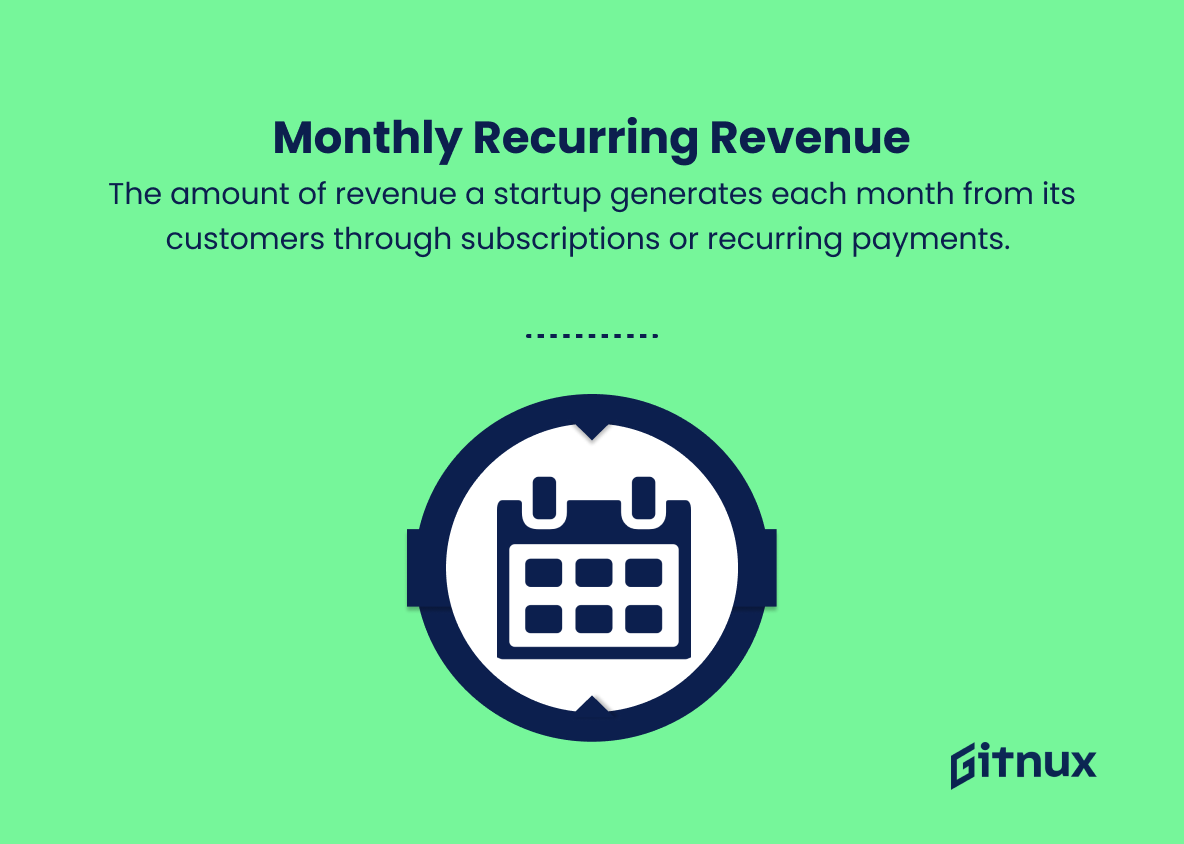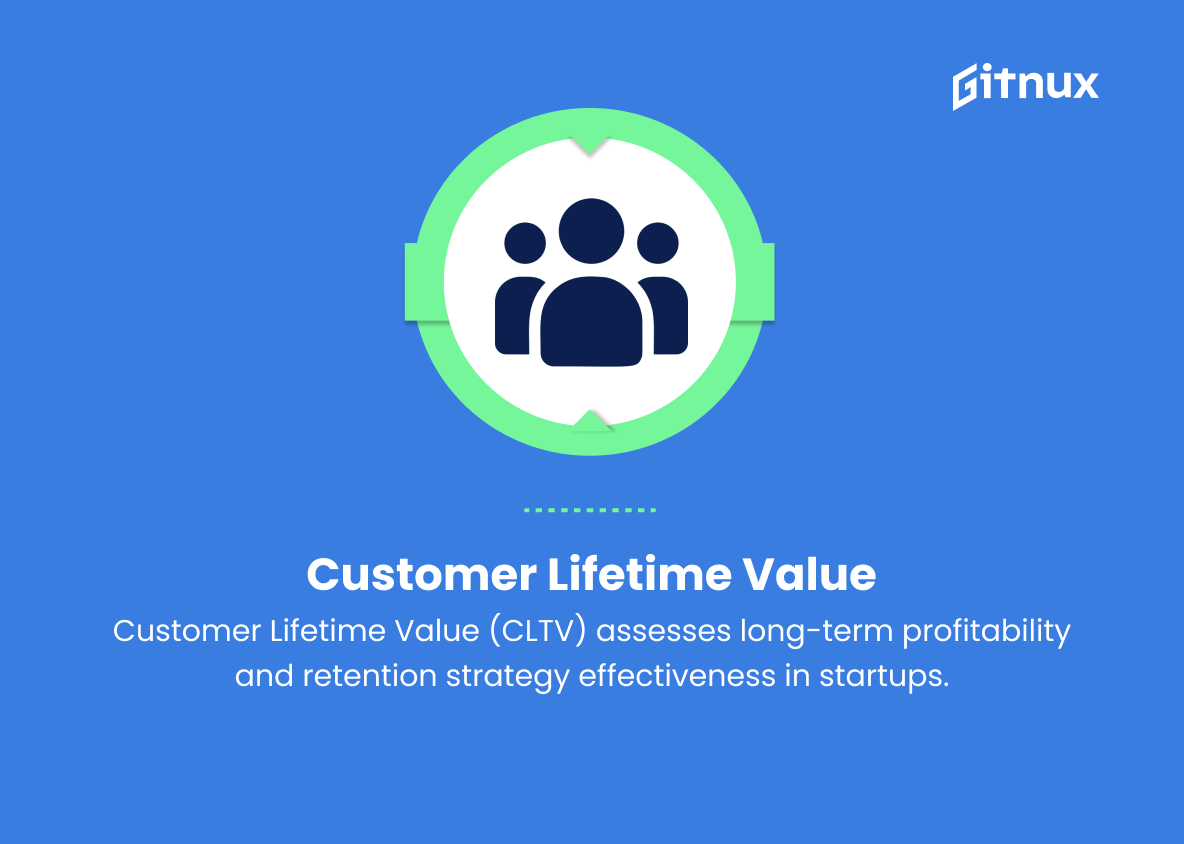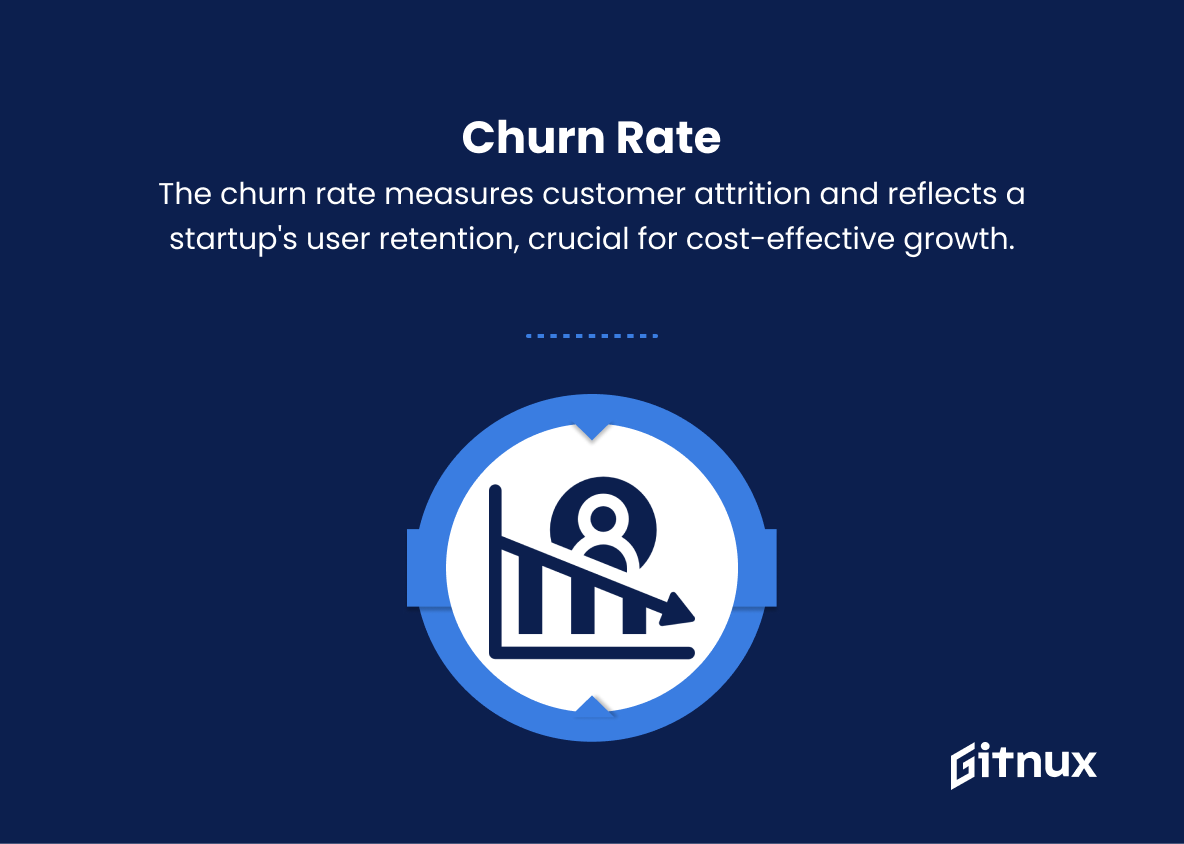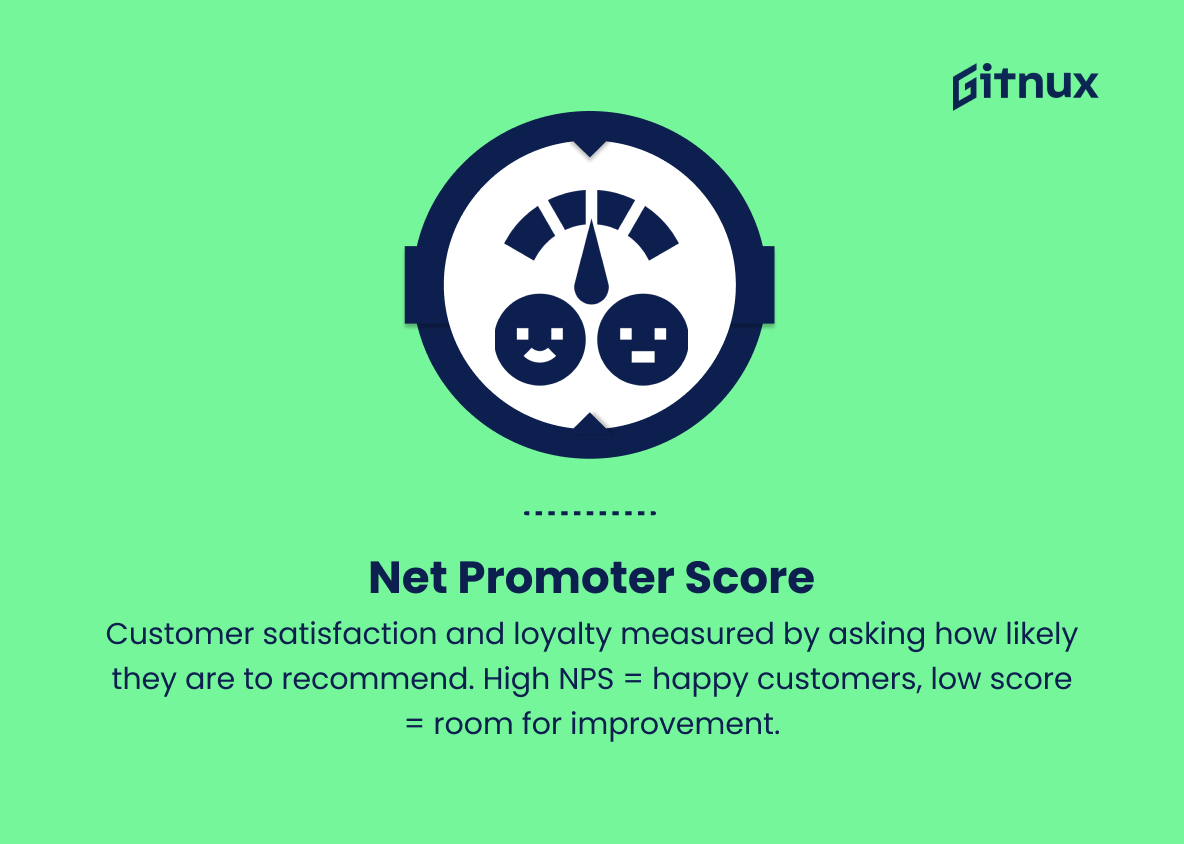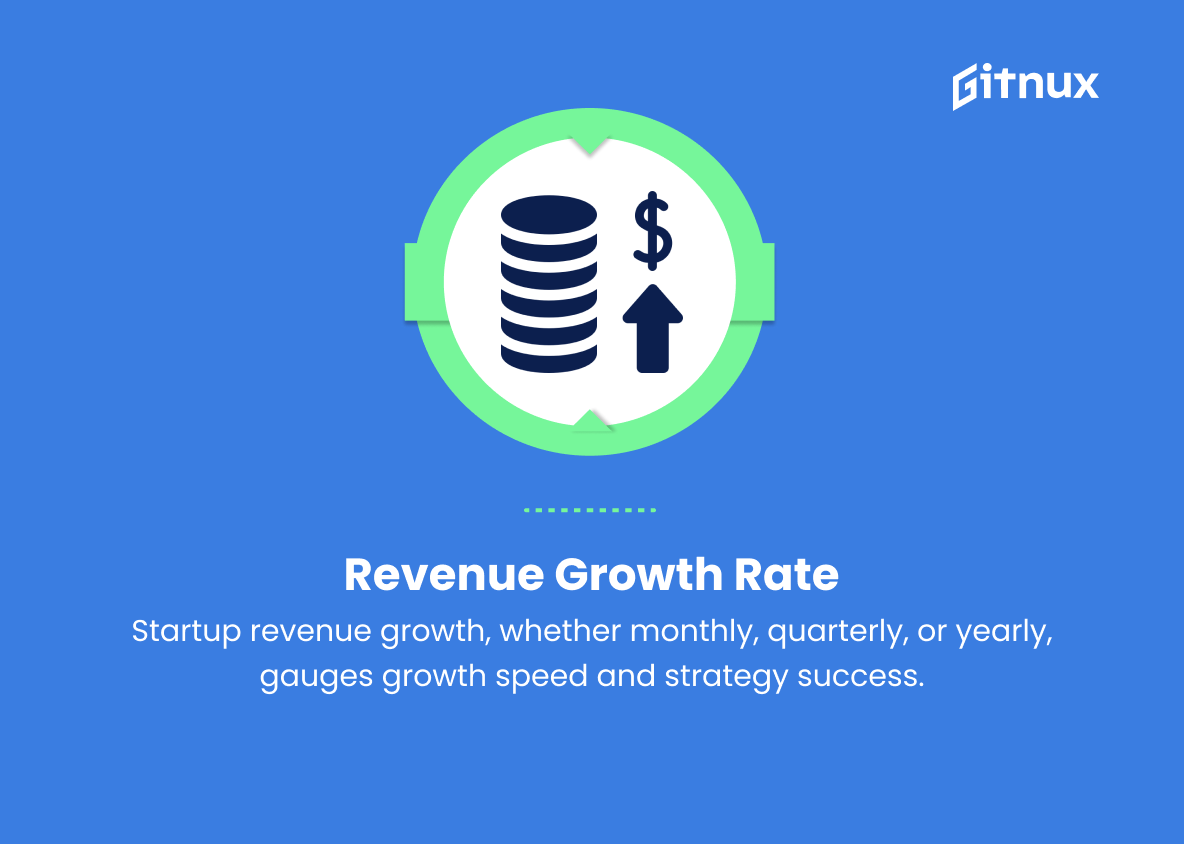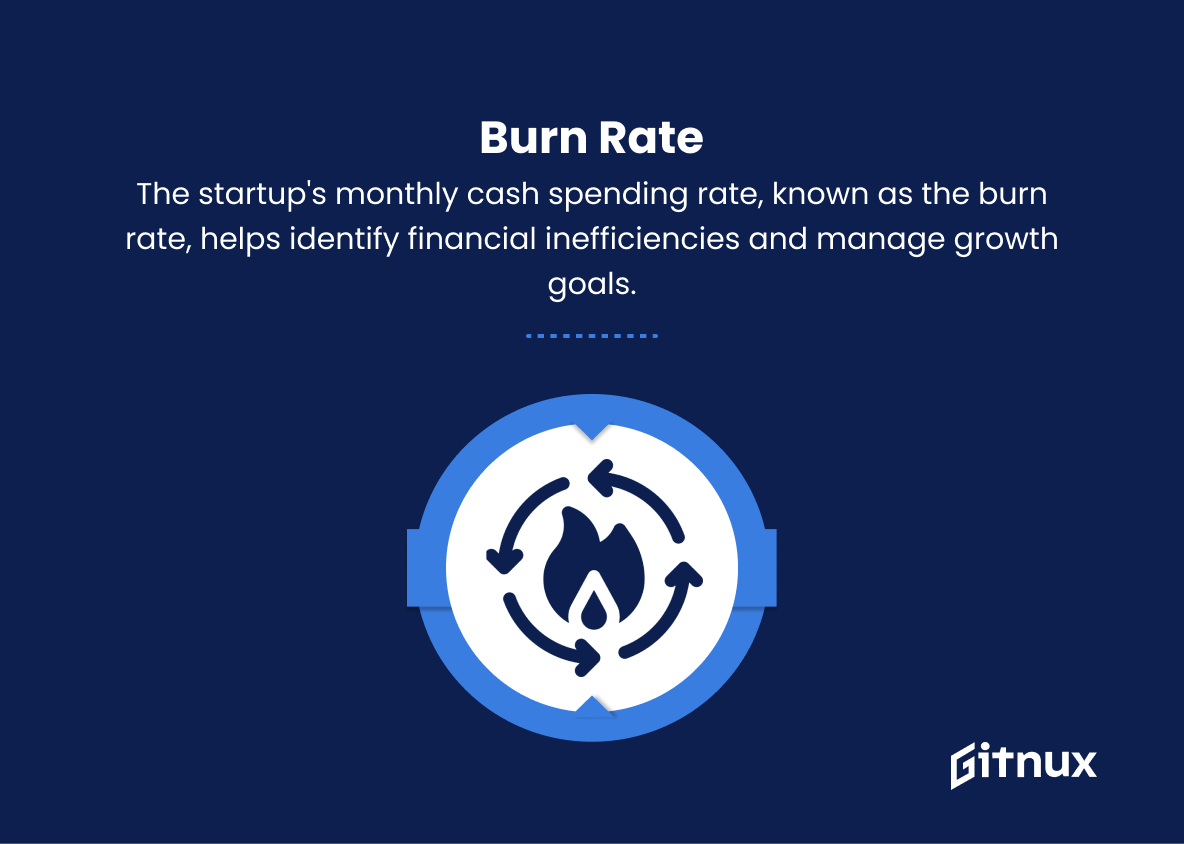In today’s fast-paced digital landscape, the importance of solid startup growth metrics cannot be overstated. For entrepreneurs and investors alike, understanding and tracking these key performance indicators (KPIs) are essential in gauging the success, potential, and trajectory of any budding venture.
In this insightful blog post, we will delve deep into the intricacies of startup growth metrics, demystifying the often complex world of data analysis, and providing a comprehensive guide to measuring progress in a way that goes beyond mere vanity metrics. Join us as we unravel the critical role these KPIs play in driving sustainable growth, fueling innovation, and securing a competitive advantage for your startup in an increasingly challenging marketplace.
Startup Growth Metrics You Should Know
1. Customer Acquisition Cost (CAC)
The total cost of acquiring a new customer, including marketing and sales expenses. It helps a startup gauge the efficiency of its marketing efforts and examine a potential return on investment.
2. Monthly Recurring Revenue (MRR)
The amount of revenue a startup generates each month from its customers through subscriptions or recurring payments. MRR helps businesses measure their growth and predict future revenues.
3. Customer Lifetime Value (CLTV)
The total revenue a startup can expect to generate from a single customer throughout their entire relationship. CLTV helps evaluate the long-term profitability of different customer segments and assess the effectiveness of customer retention strategies.
4. Churn Rate
The percentage of customers who cancel or don’t renew their subscriptions within a given period. It provides insights into how well a startup is retaining its users, which is vital for growth, as acquiring new customers is often more expensive than retaining existing ones.
5. Net Promoter Score (NPS)
A measure of customer satisfaction and loyalty, calculated by asking customers how likely they are to recommend a product or service to others. A high NPS indicates a happy and loyal customer base, while a low score suggests room for improvement.
6. Conversion Rate
The percentage of prospects who complete a desired action or conversion, such as signing up for a newsletter, making a purchase, or requesting a demo. It indicates how effective a startup’s marketing and sales efforts are in getting customers to take action.
7. Annual Recurring Revenue (ARR)
The yearly revenue generated by a customer through subscriptions or recurring payments. ARR serves as a long-term performance indicator, helping a startup forecast its financial prospects and potential growth.
8. Retention Rate
The percentage of customers who remain active and continue using a startup’s product or service over a specific period. High retention rates signal satisfied customers and contribute to long-term growth due to repeat business.
9. Revenue Growth Rate
The percentage by which a startup’s revenue is growing month-over-month, quarter-over-quarter, or year-over-year. It helps assess the speed of growth and indicates whether the business strategy is yielding results.
10. Burn Rate
The rate at which a startup is spending money on operations, typically expressed in cash per month. Monitoring the burn rate helps startups identify any financial inefficiencies and manage runway to achieve their growth objectives.
11. Customer Profitability Score (CPS)
A calculation that estimates the profitability of a customer or customer segment, taking into account revenue, expenses, and the lifetime value of the customer. CPS helps startups prioritize resources and allocate them effectively across different customer segments.
12. Virality Coefficient
A measure of how quickly a startup’s product or service is spreading through word-of-mouth, determined by the number of new customers gained through referrals from existing customers. A high virality coefficient indicates strong organic growth and potential for rapid expansion.
Startup Growth Metrics Explained
Startup Growth Metrics, such as Customer Acquisition Cost (CAC), Monthly Recurring Revenue (MRR), Customer Lifetime Value (CLTV), Churn Rate, Net Promoter Score (NPS), Conversion Rate, Annual Recurring Revenue (ARR), Retention Rate, Revenue Growth Rate, Burn Rate, Customer Profitability Score (CPS), and Virality Coefficient, play a crucial role in assessing the performance and growth potential of a startup. These metrics provide valuable insights into various aspects of a business, including marketing efficiency, revenue generation, customer satisfaction, loyalty, and long-term profitability.
By evaluating these metrics, startups can identify areas for improvement, optimize resource allocation, and adjust their strategies to enhance customer acquisition, retention, and overall growth. Furthermore, analyzing these metrics helps startups forecast their financial prospects, remain competitive in the market, and make data-driven decisions for sustainable business success.
Conclusion
In summary, understanding and monitoring startup growth metrics is crucial for the success of any emerging business. By focusing on the key performance indicators such as Customer Acquisition Cost, Lifetime Value, Monthly Recurring Revenue, Churn Rate, and Conversion Rate, entrepreneurs and investors can gain valuable insights and make informed decisions to optimize their strategies.
Continuously evaluating and adapting to these metrics ensures a steady growth trajectory and the potential for long-term success. Remember, the right growth metrics can make all the difference between a startup that flourishes and one that fizzles out. So, get started on your growth journey today by taking the time to analyze and act on these critical numbers. Happy measuring.

